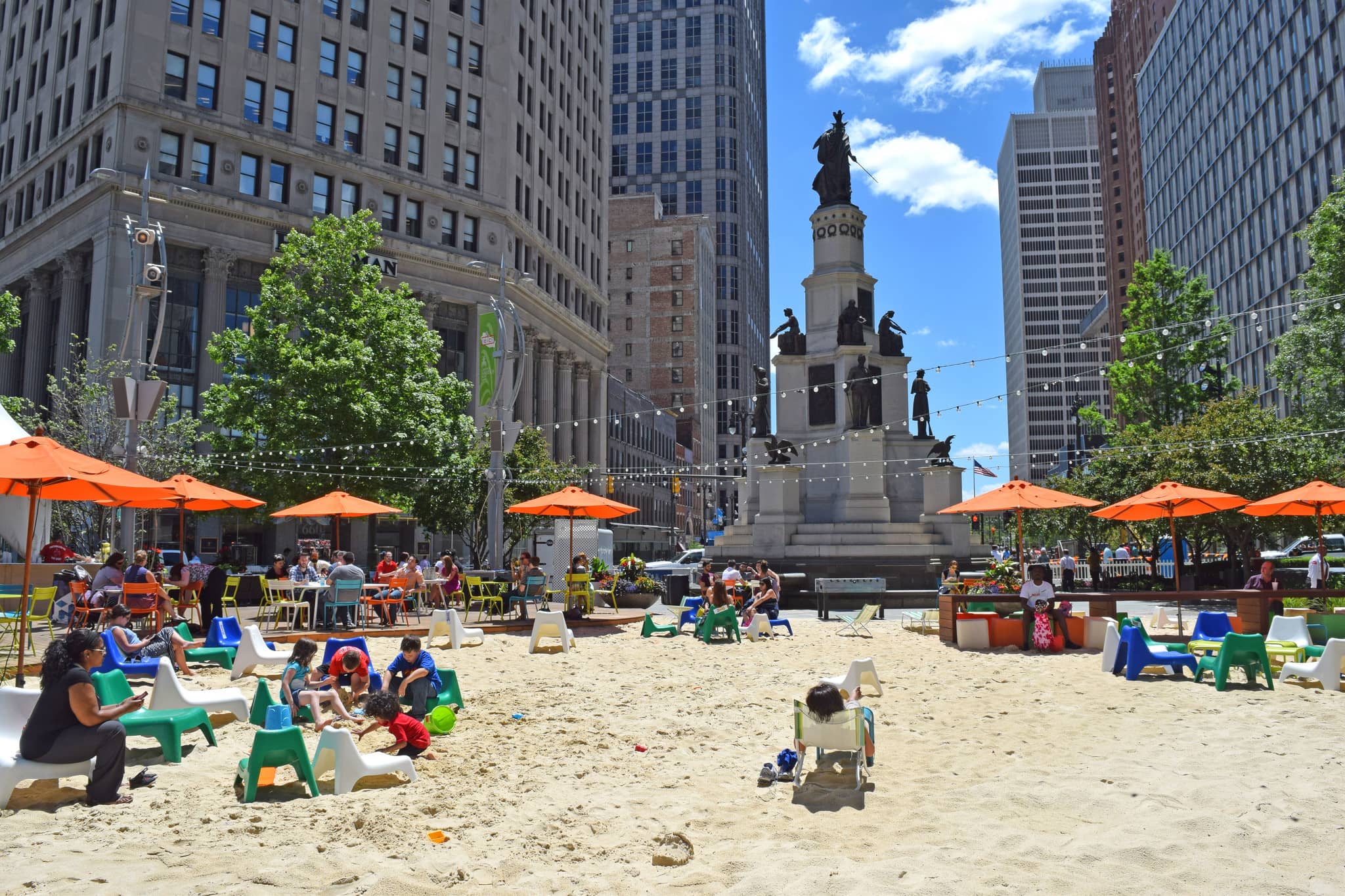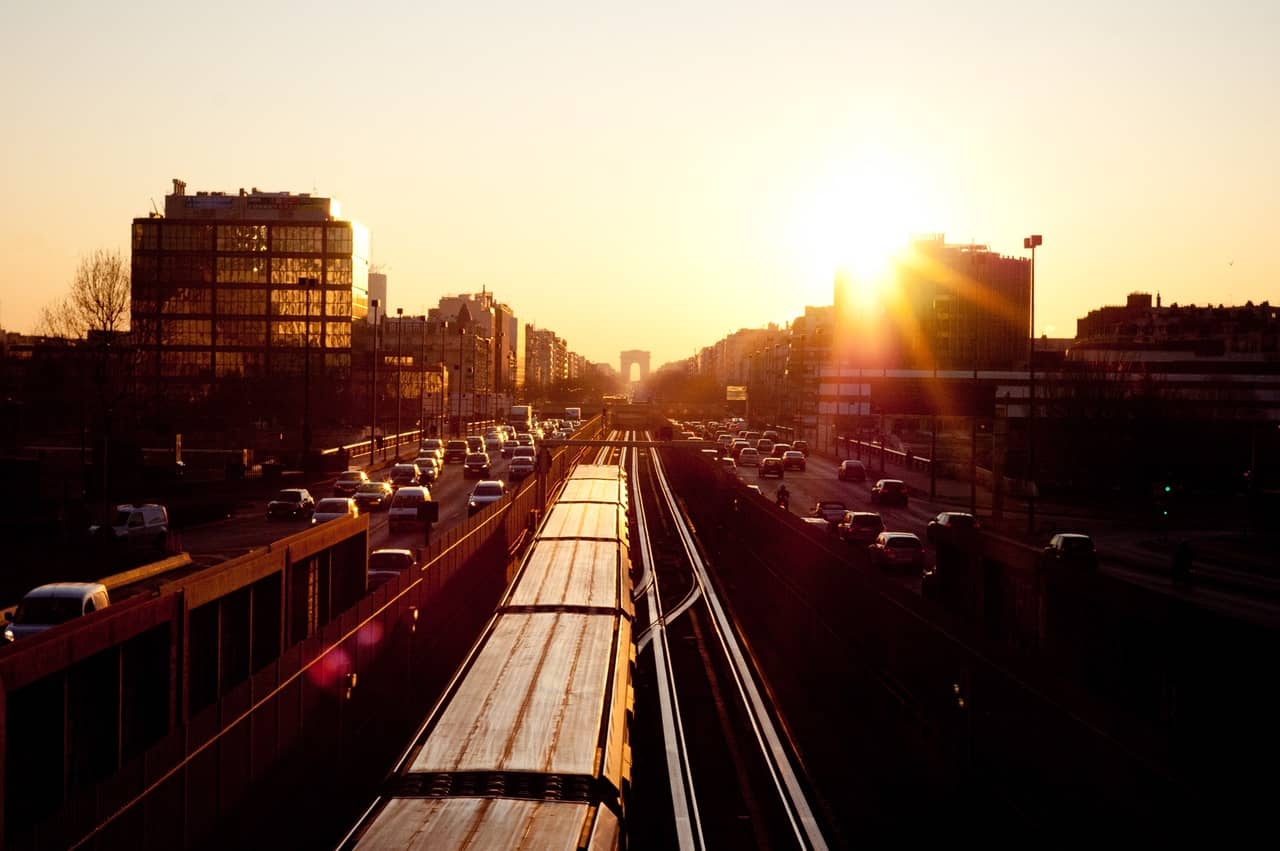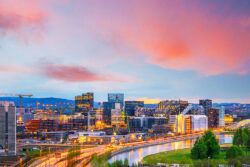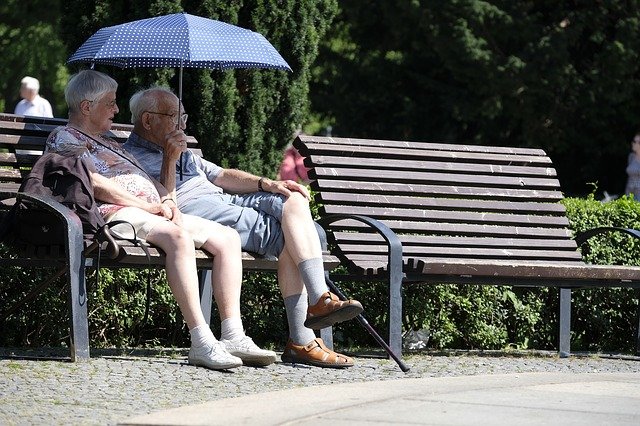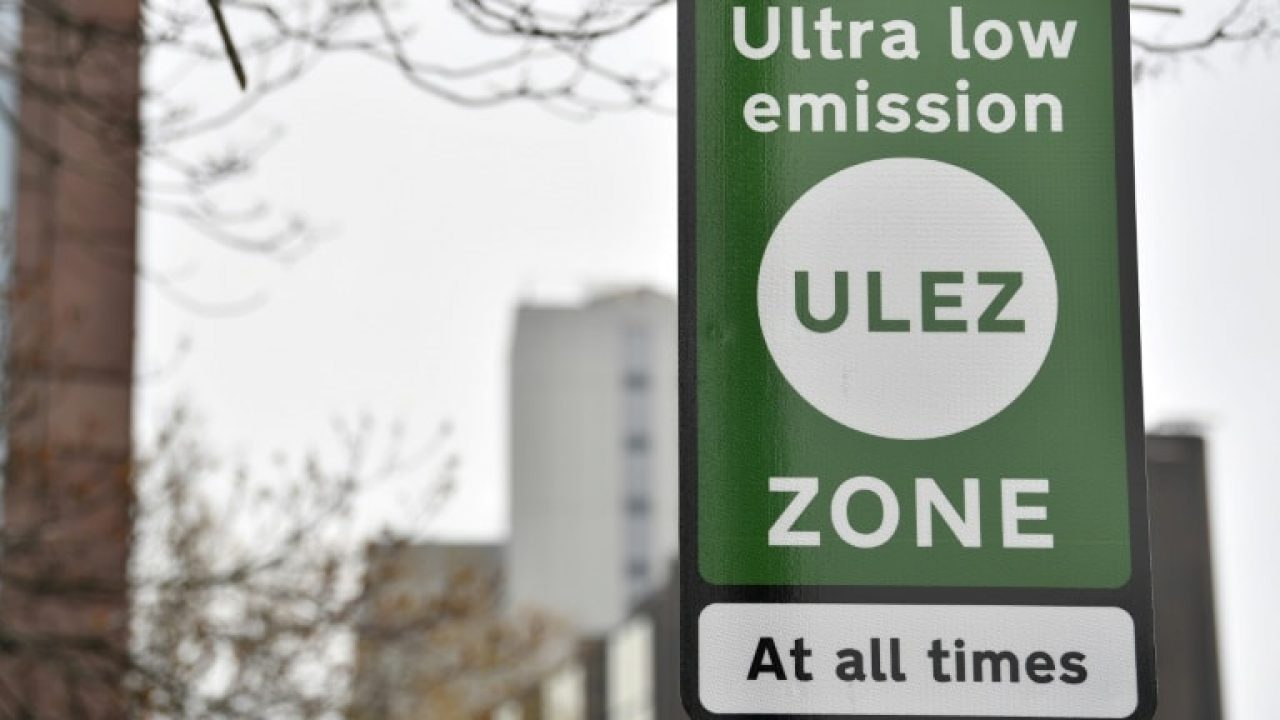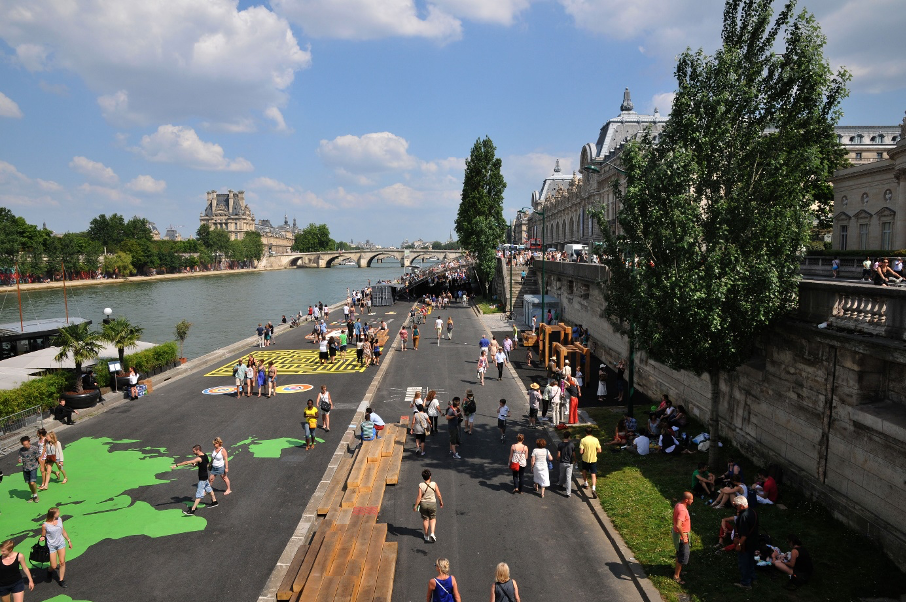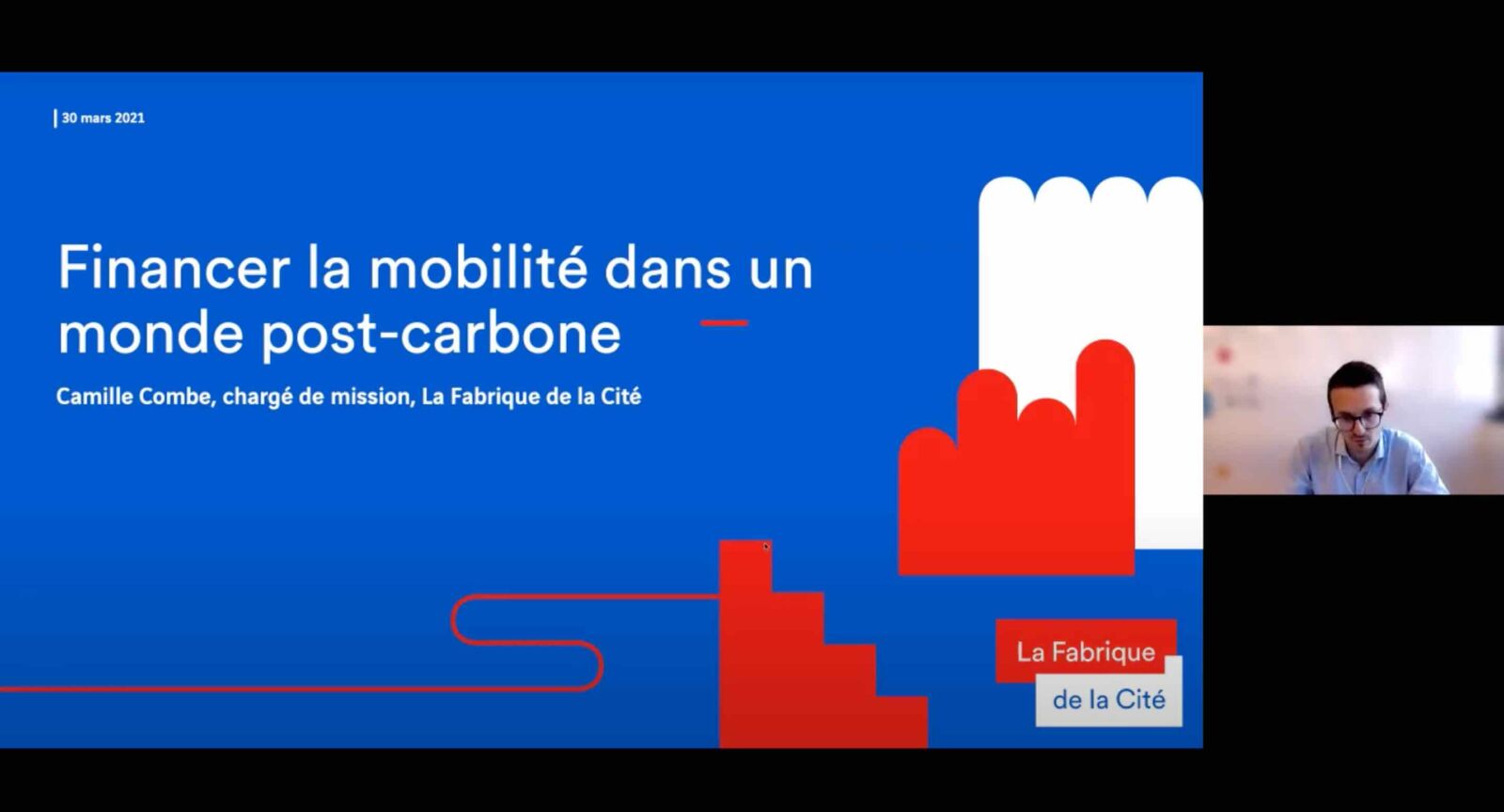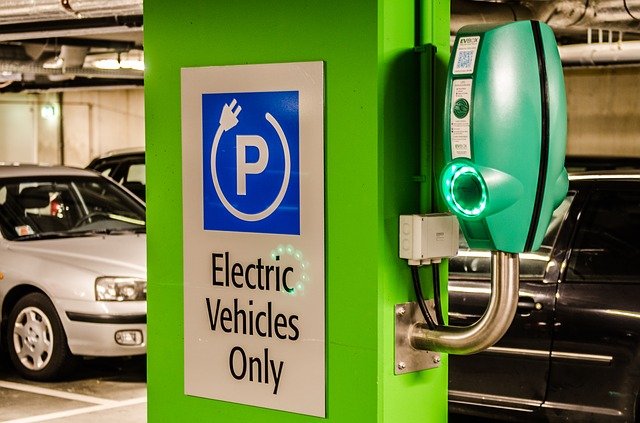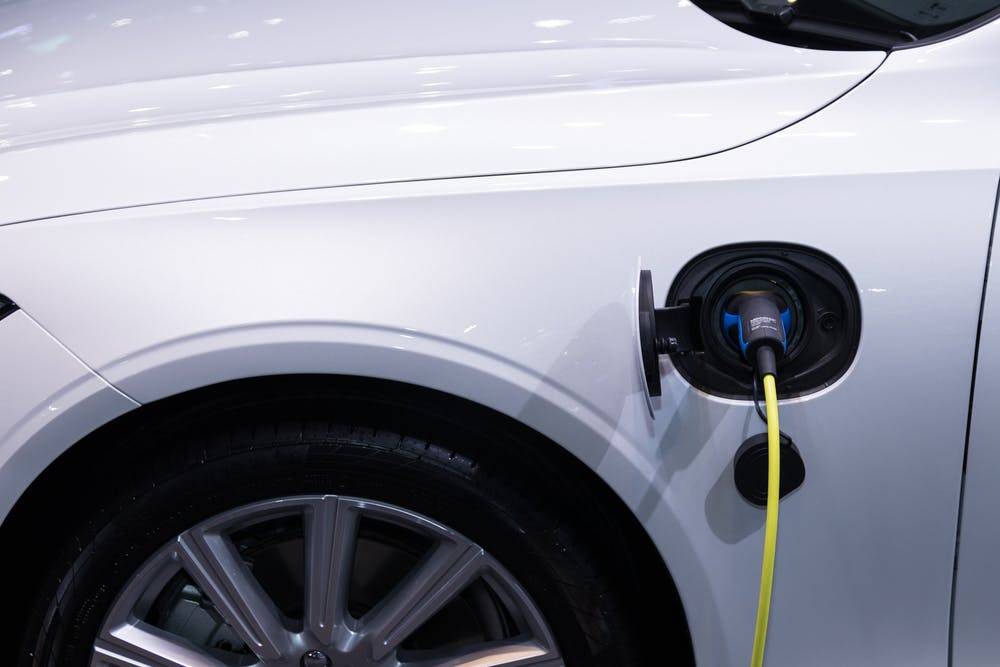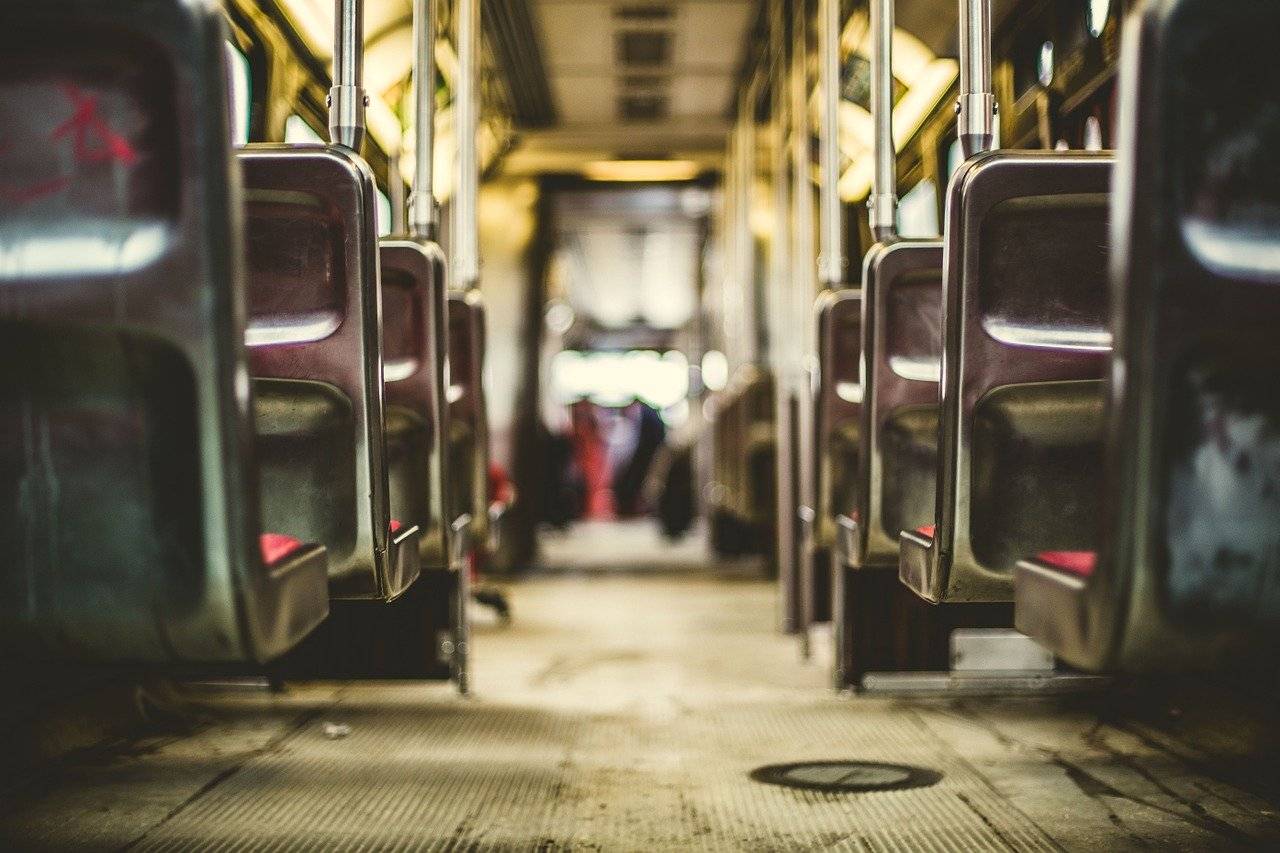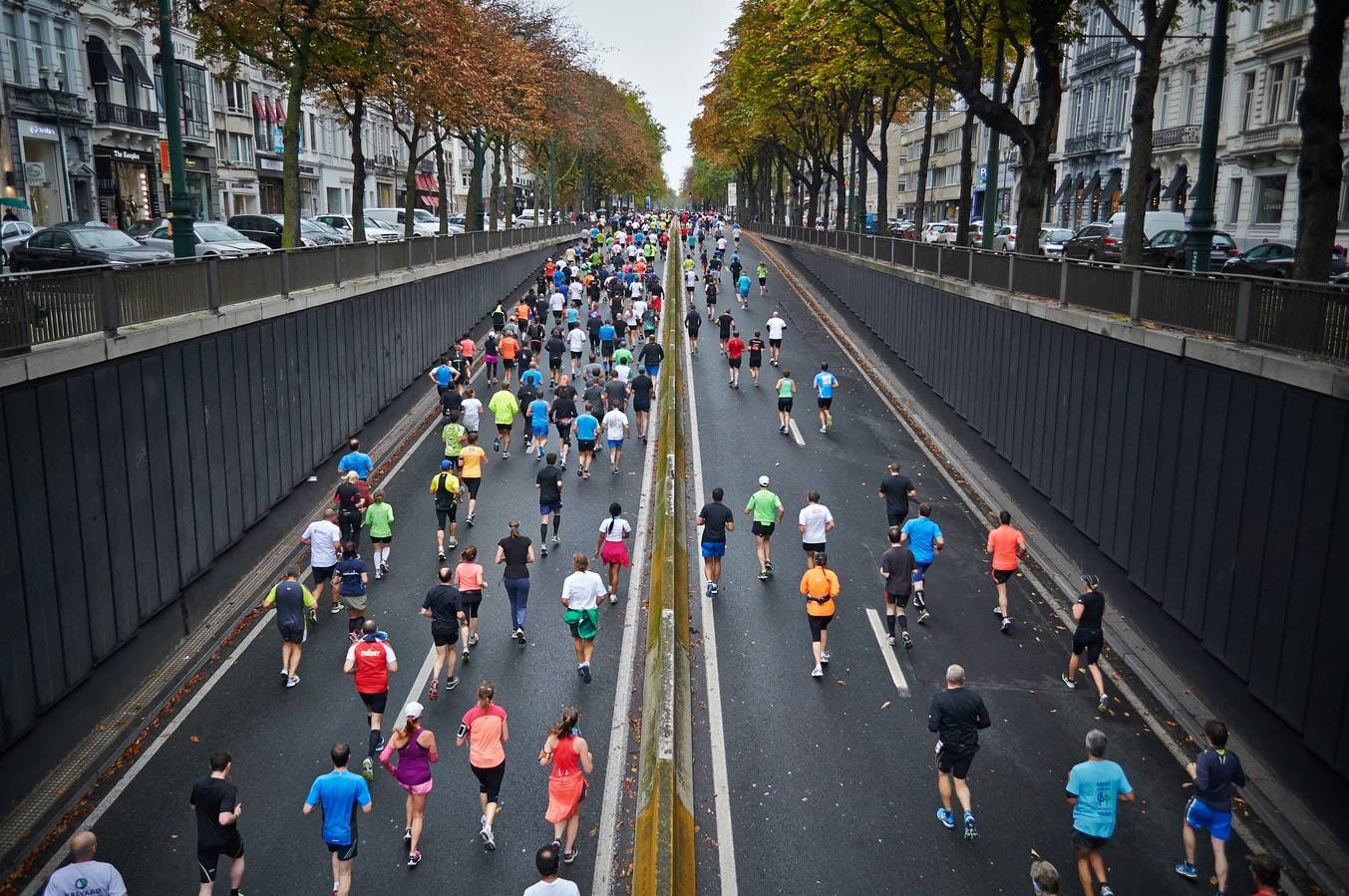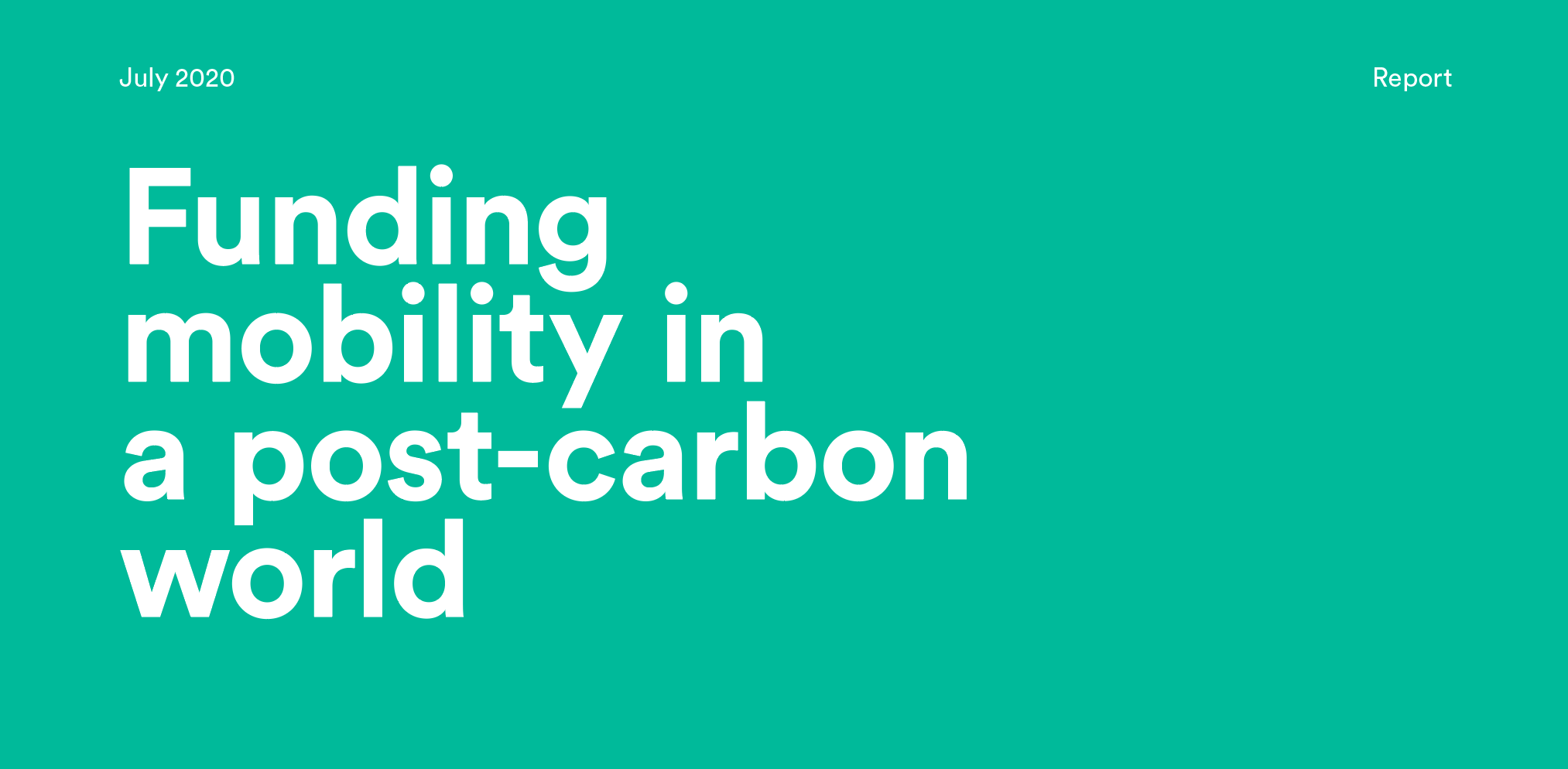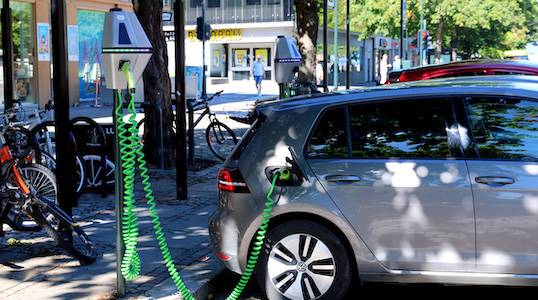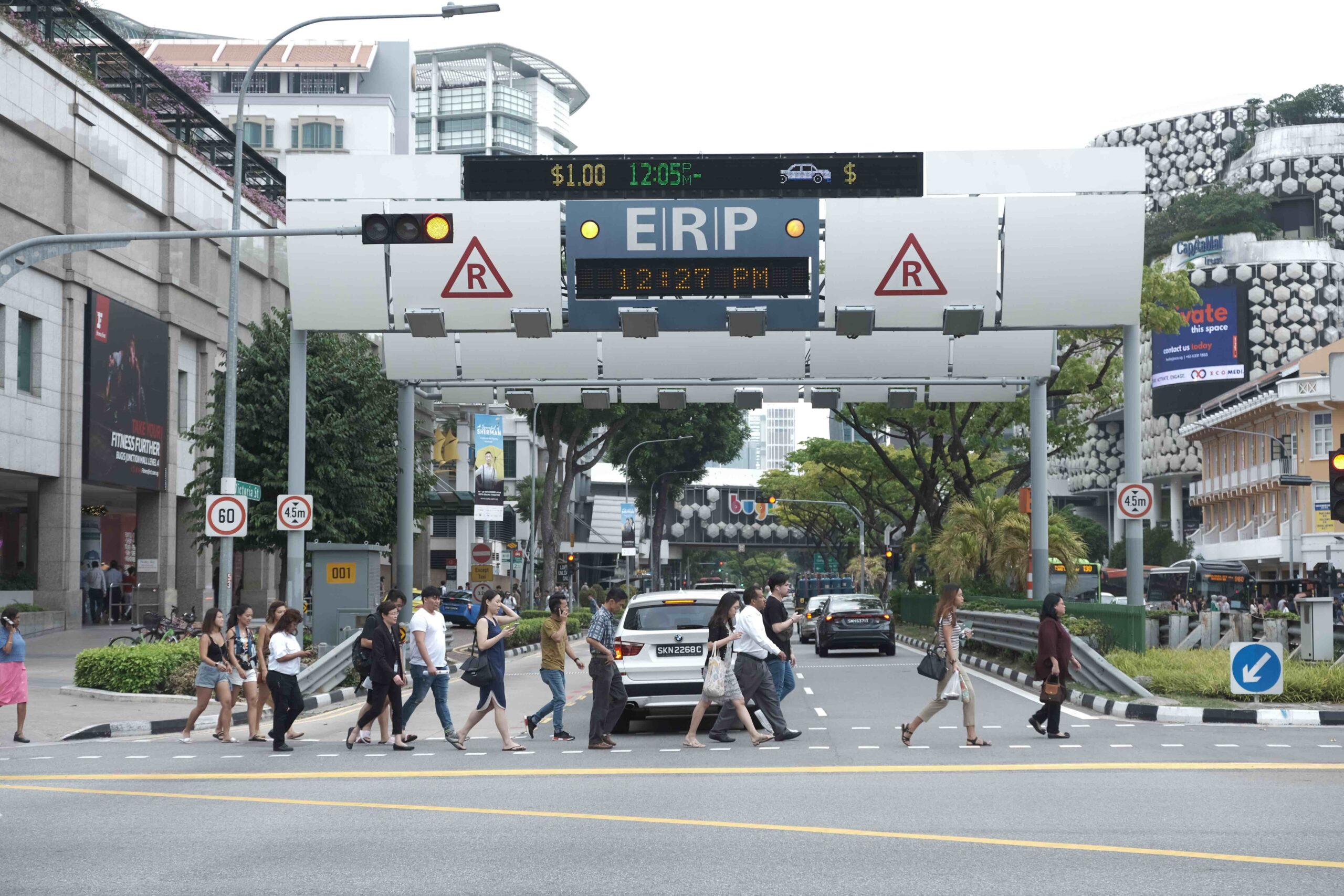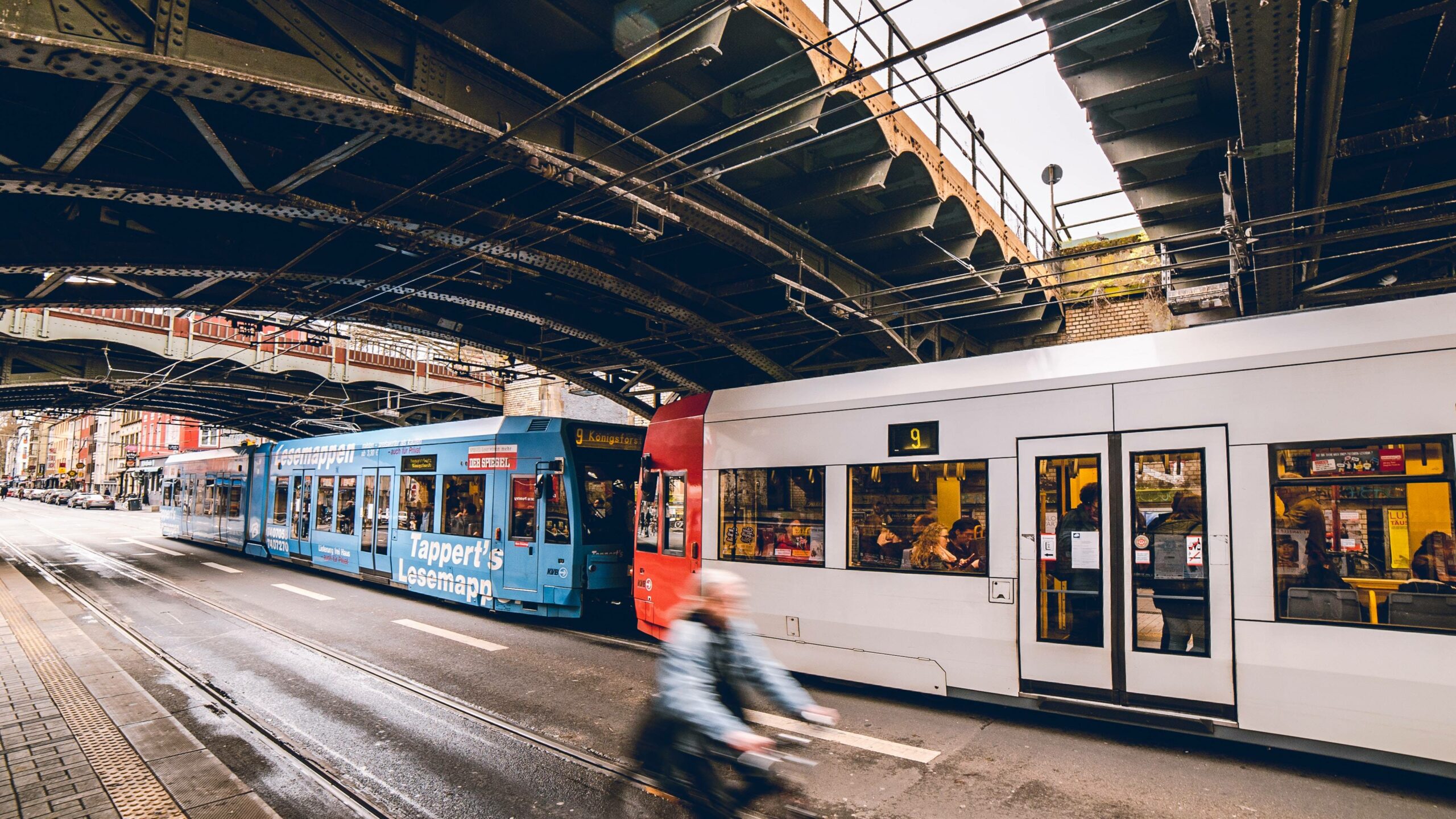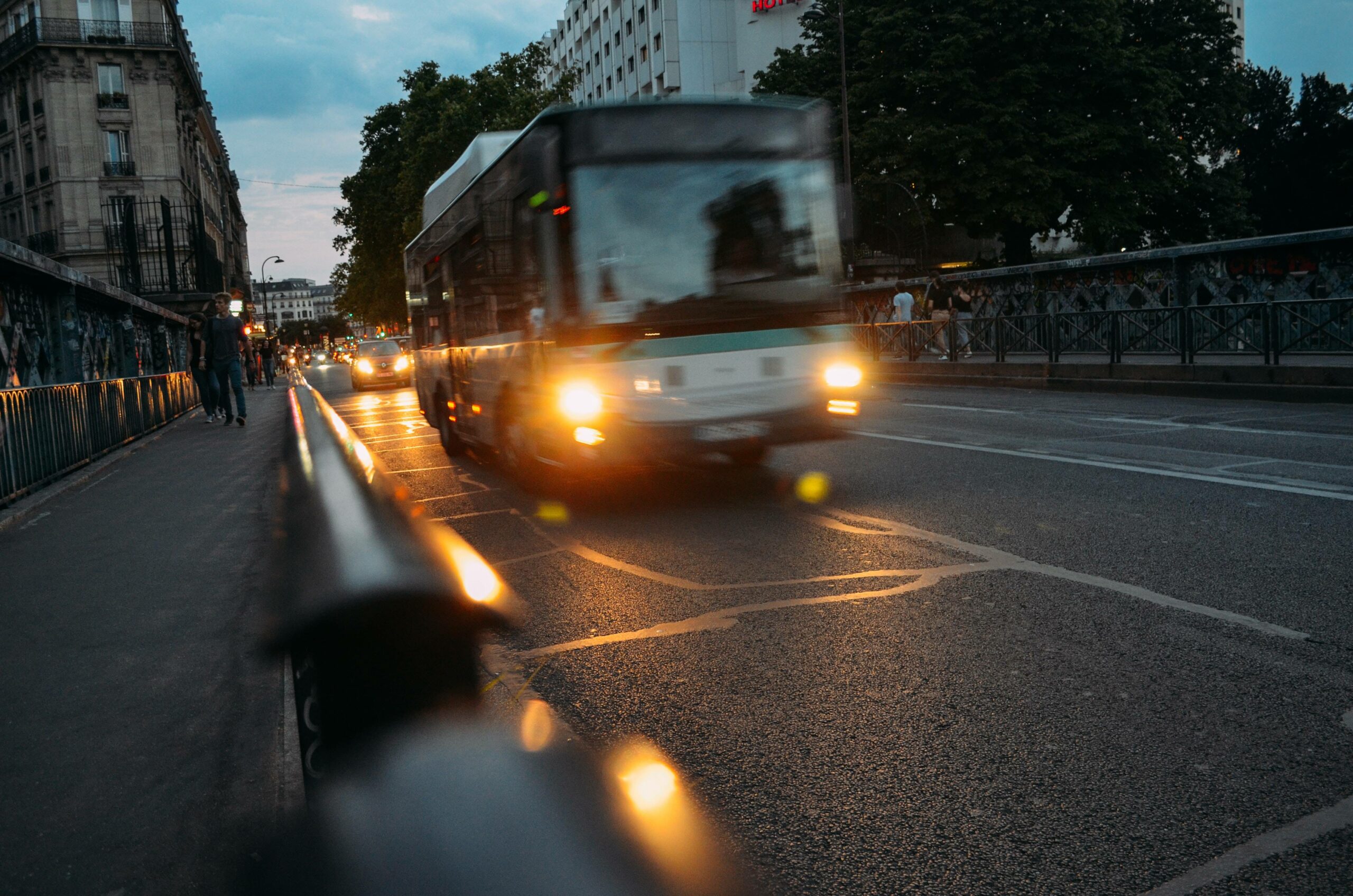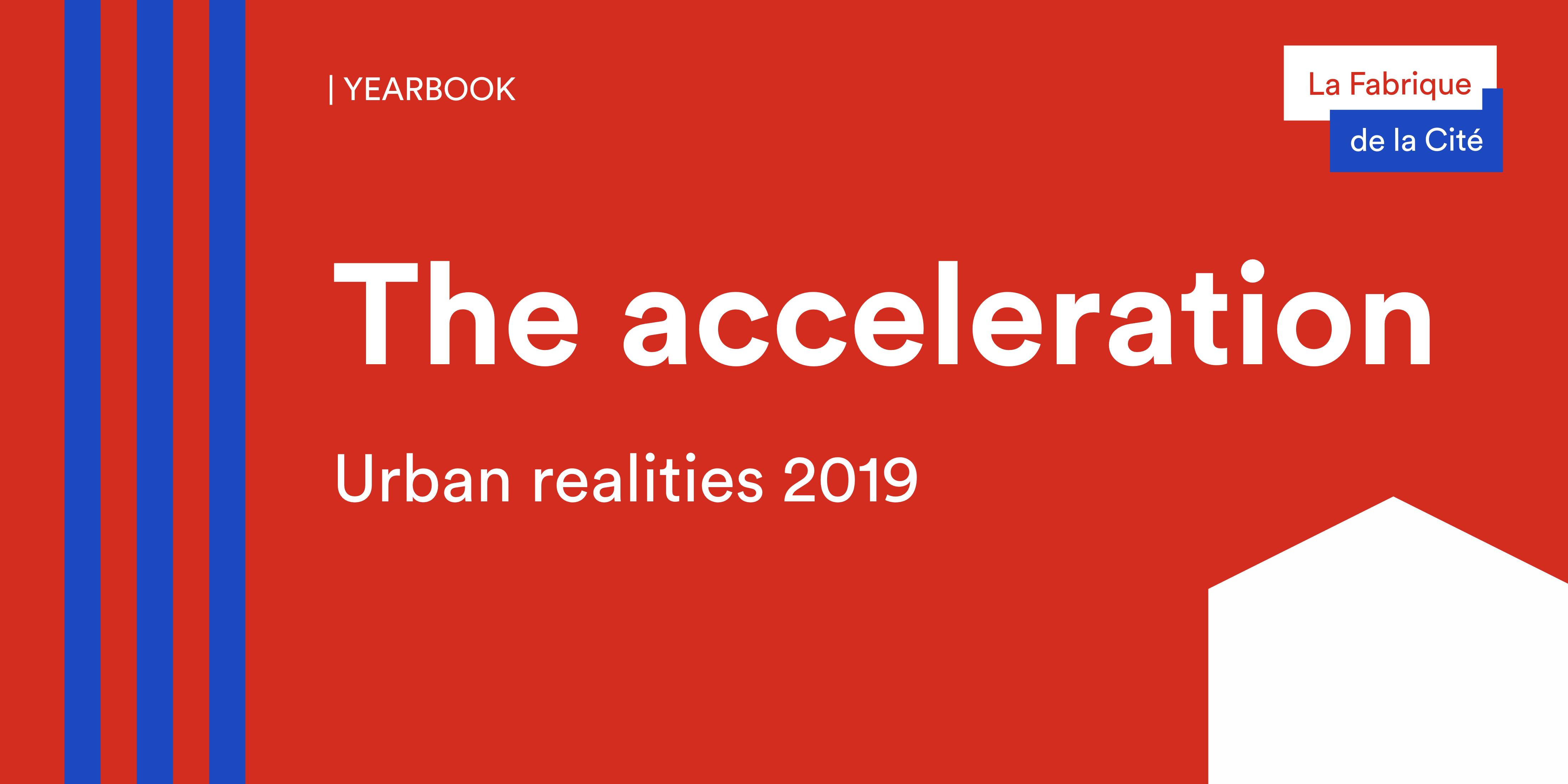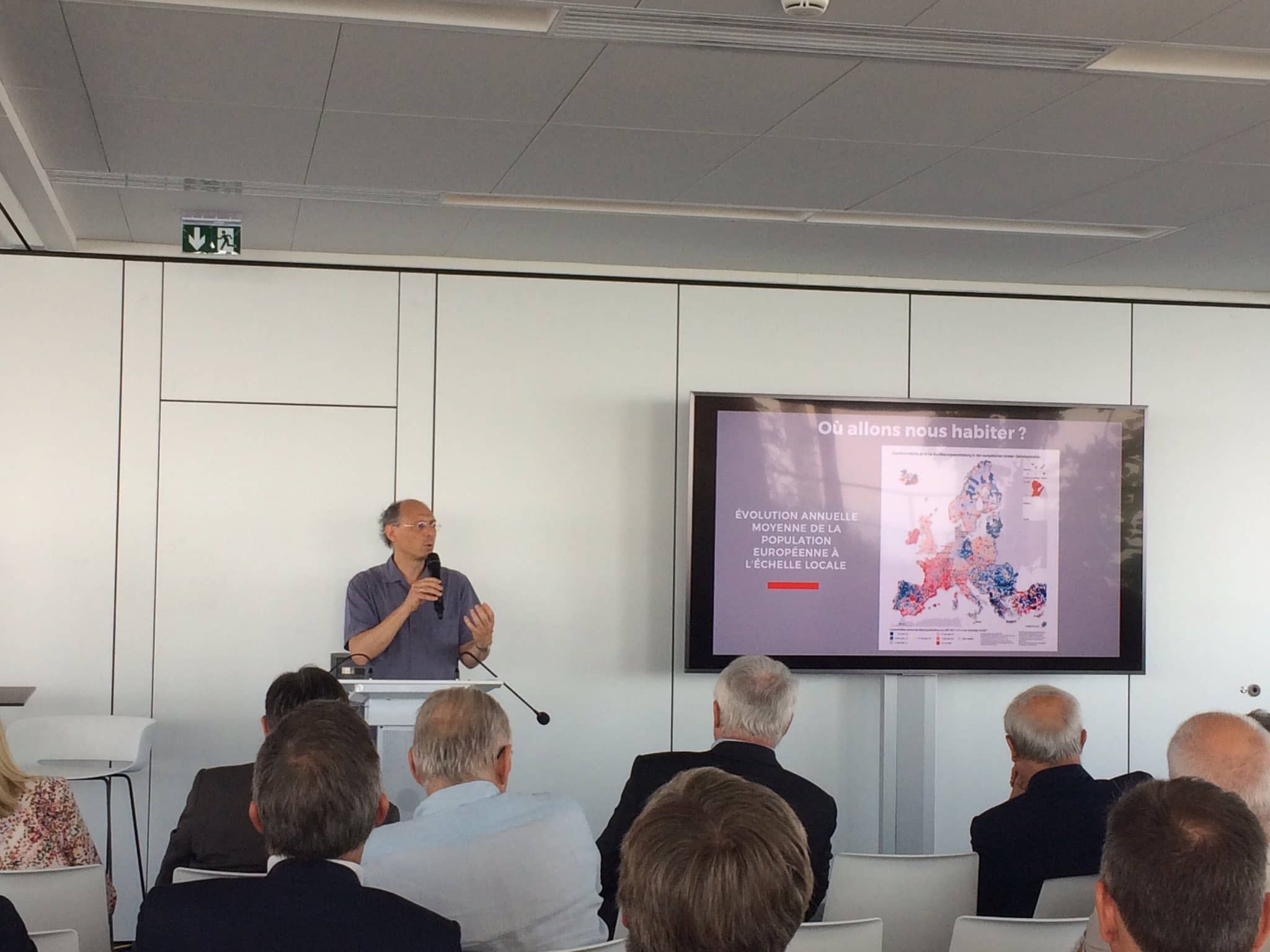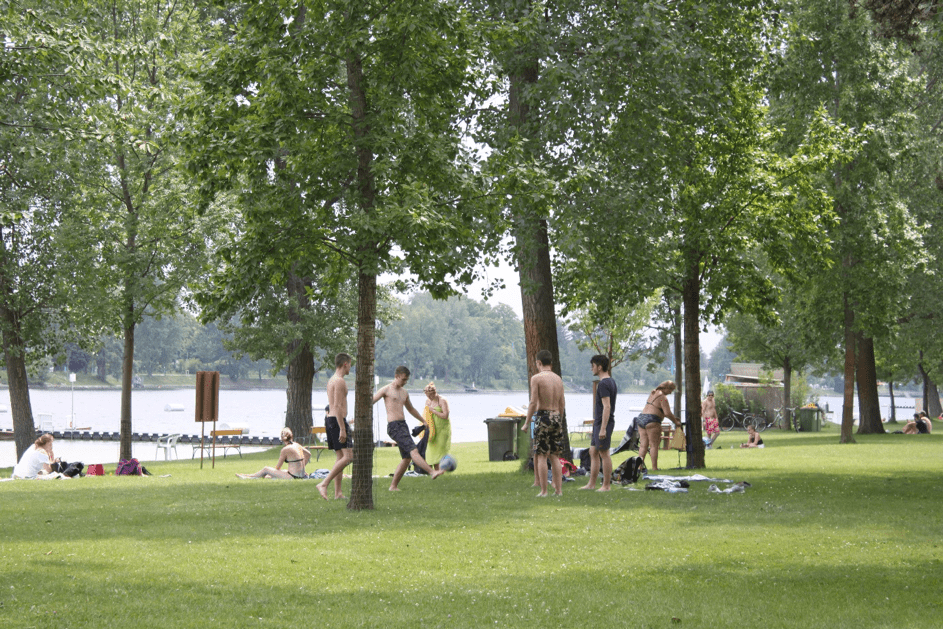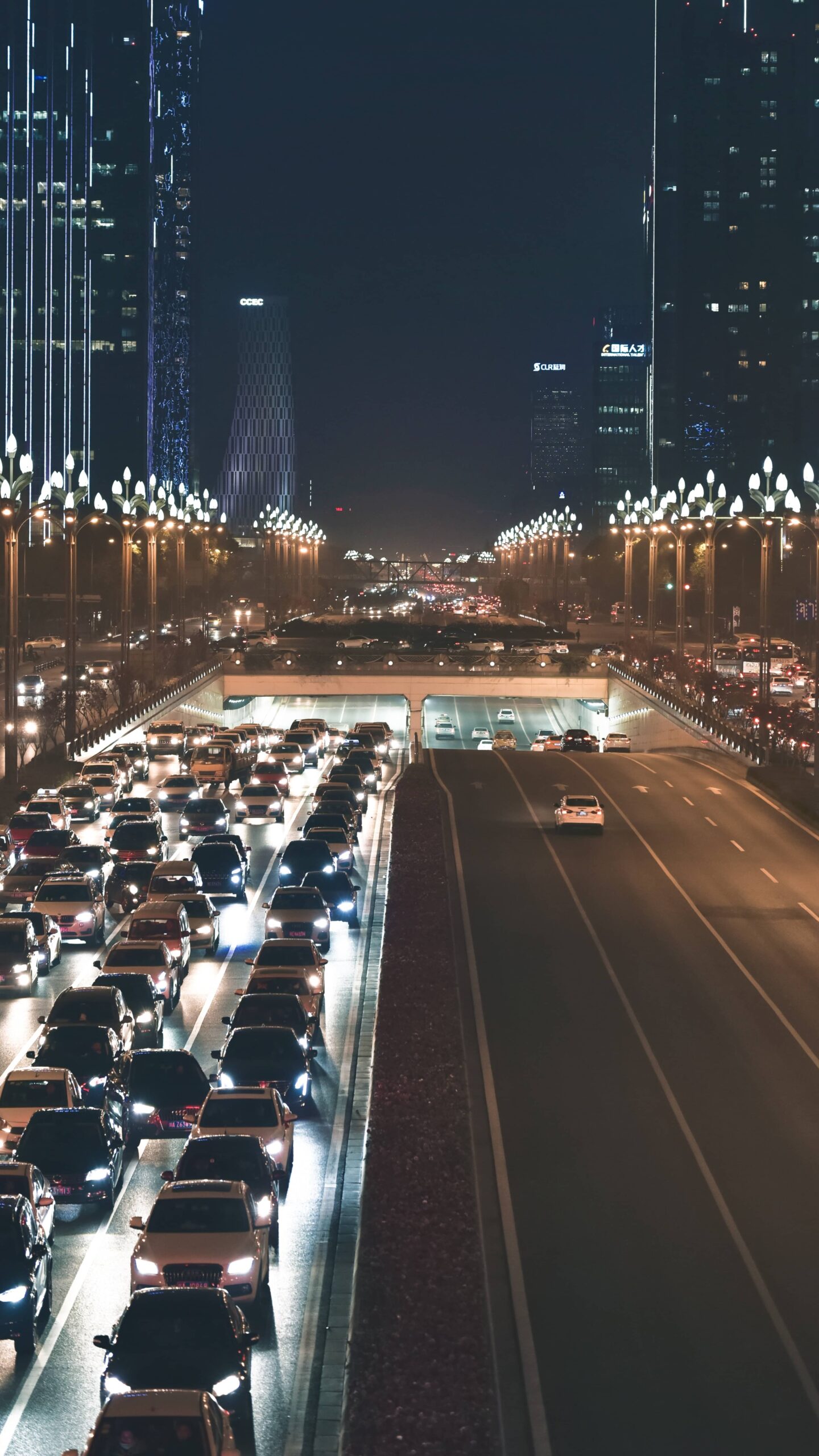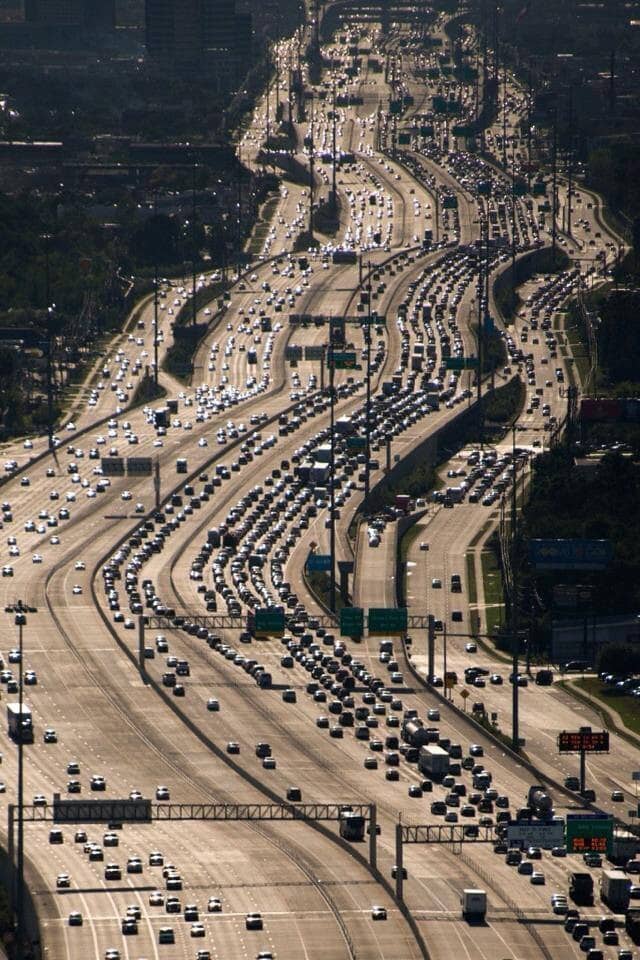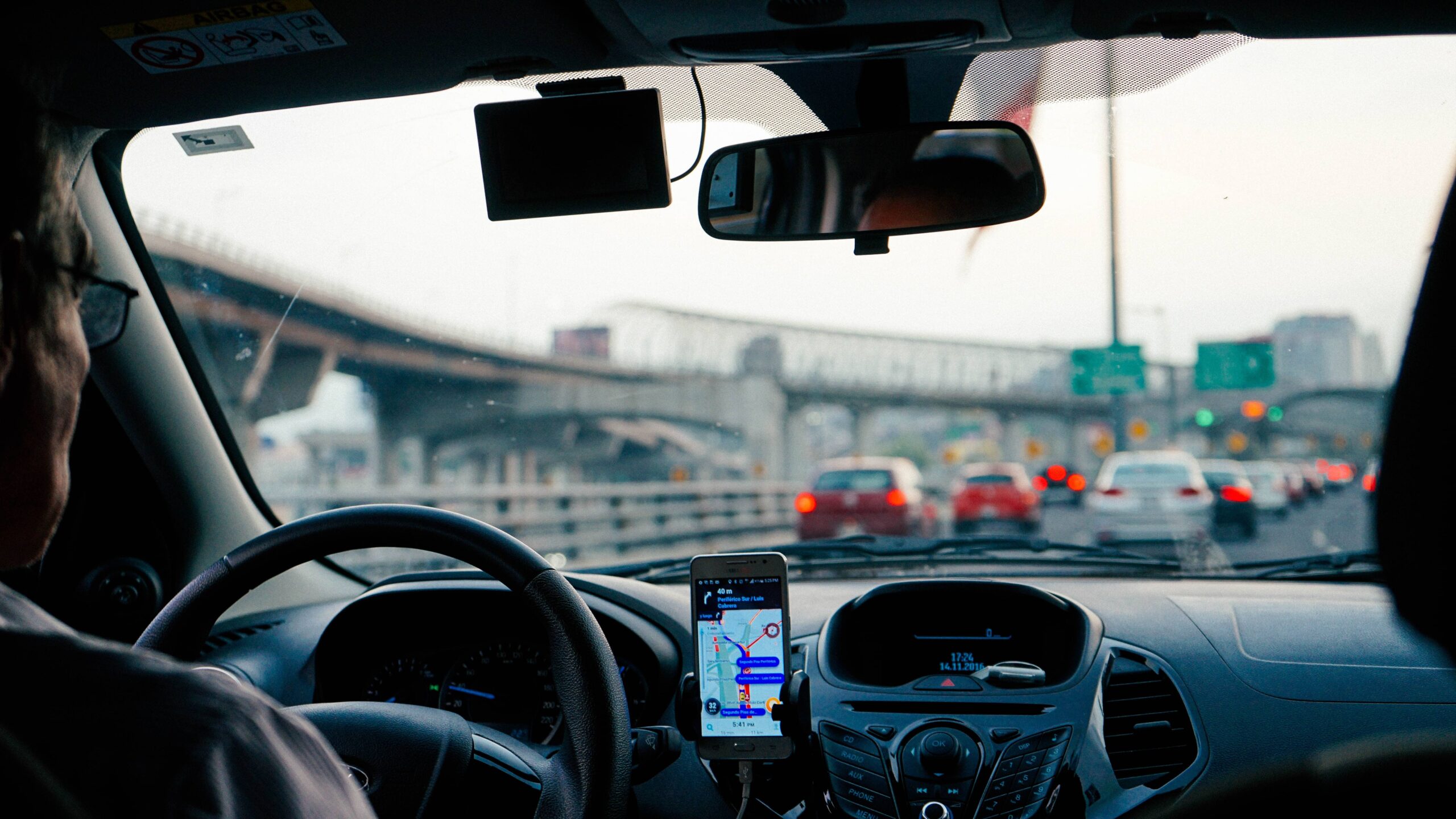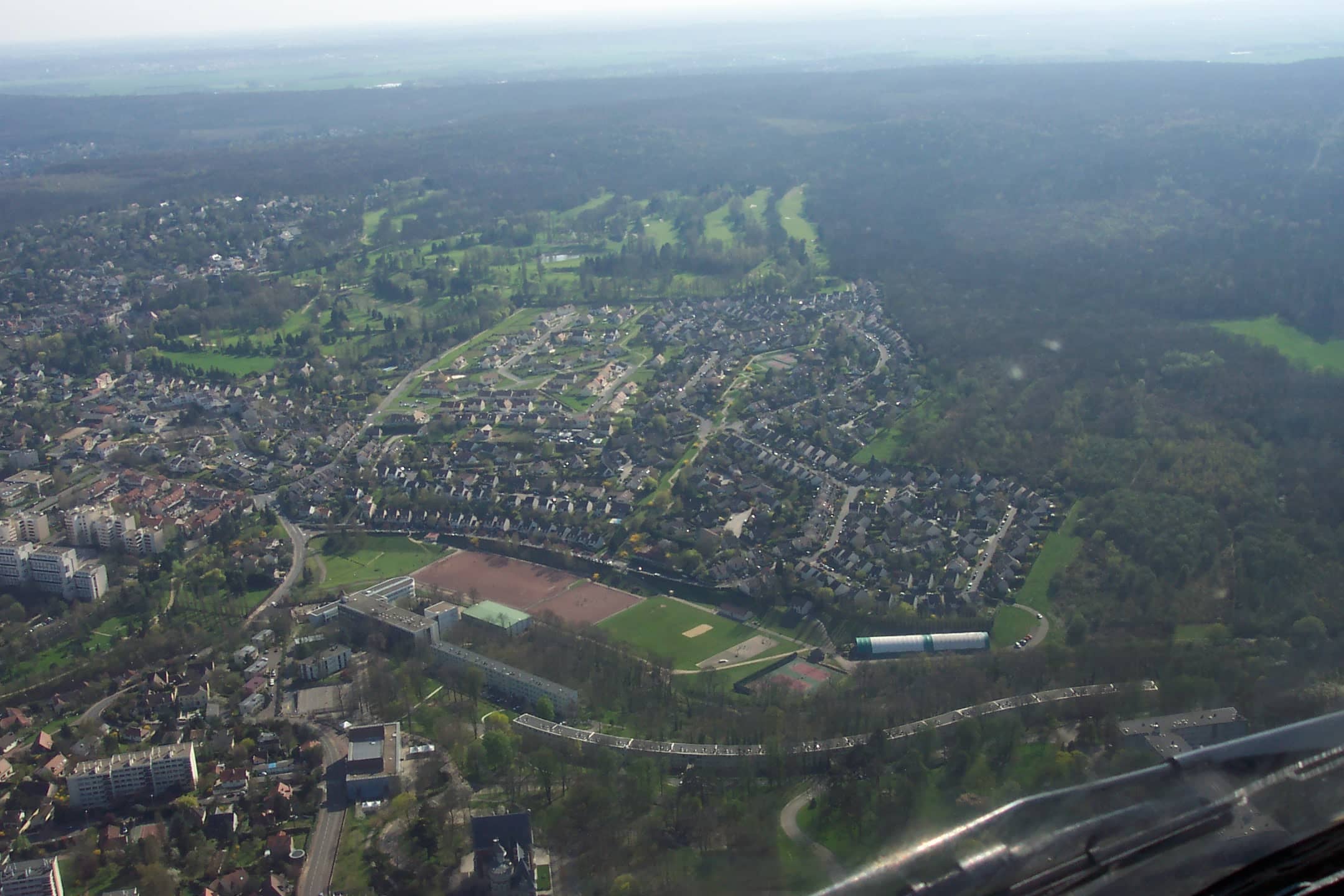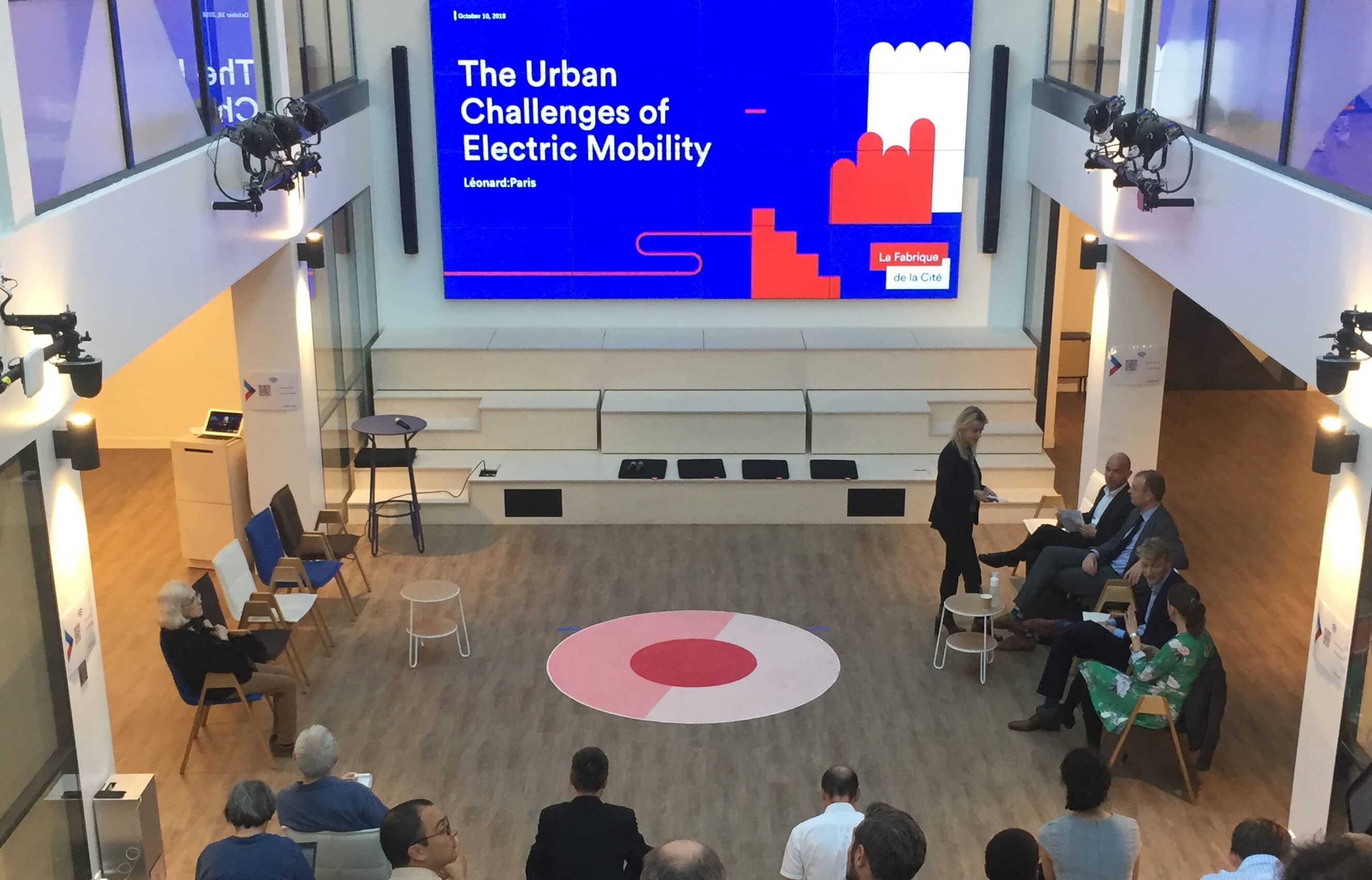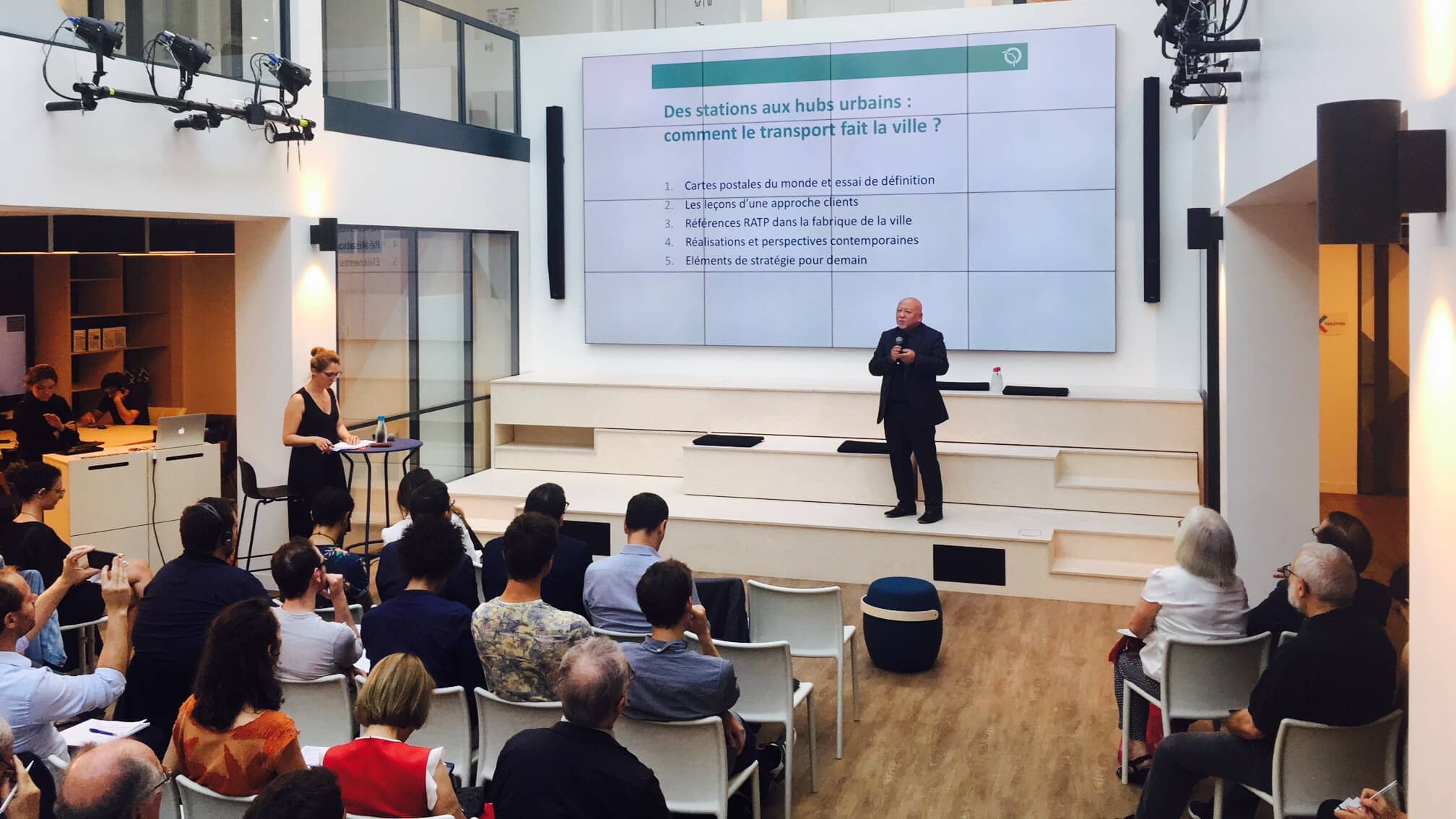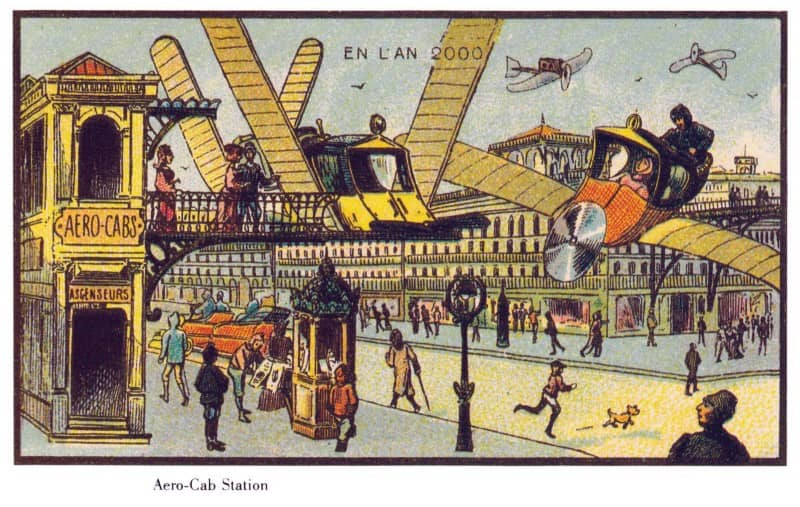

The bicycle: new tyrant of the public space?
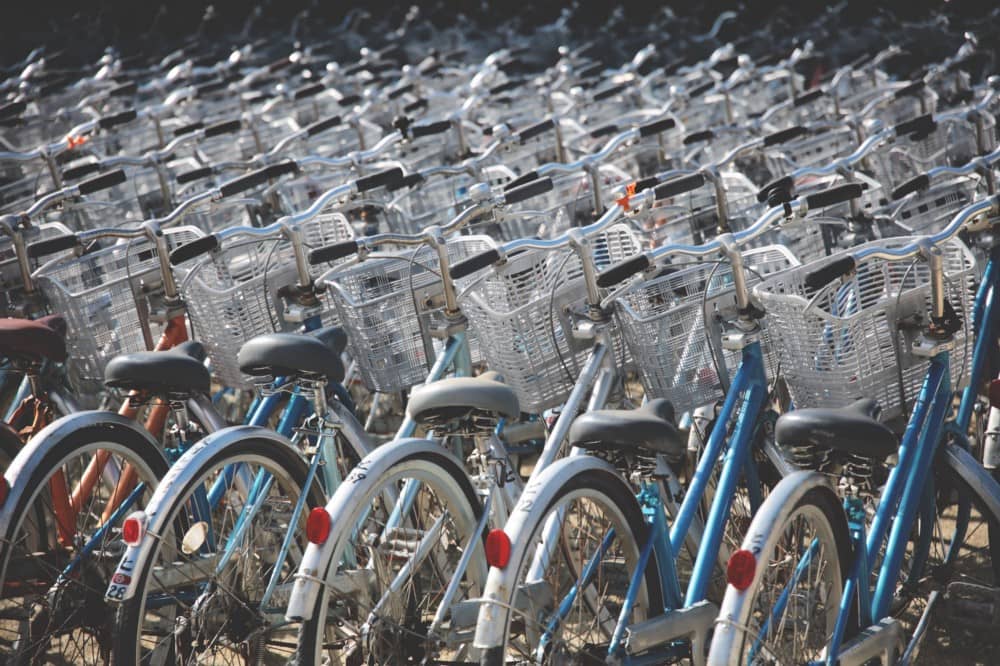
“Bikes pouring down”, “invasion”, “the big landing”, “the flood” … there is no shortage of superlatives to describe the new free-floating services that are already or will soon be developed in Zurich, Paris, Metz, Milan, Seattle or San Francisco. Gobee-bike, Ofo, LimeBike, Indigo Wheel or Bluegogo offer connected bikes that can be rented and returned anywhere in the city using a mere smartphone. The bike is geo-localized thanks to an application that can also be used to book it; it can be unlocked by scanning a QR code or by entering a number.
The benefits of this bike-sharing system, liberated from physical docks, are important. On the user side: no need to return the bike to a dock; no more issues with full stations; only requirement, to own a smartphone and a bank account in order to be able to rent a bike at any time in exchange for a 50-euro deposit and 50 cents for the first half hour of use. On the service provider side: cheaper bikes; no cost of construction or maintenance of fixed docks; possibility to develop on a large scale, like Ofo, a start-up born in 2014 that now counts over 10 million customers and upwards of one million bikes in 34 Chinese cities; extremely fast deployment of the bicycle fleet, since no docks must be built and no prior authorization from the city is required, as experienced by Zurich this summer with the sudden arrival of 300, then 900 bicycles from company O-Bike. On the city side: shared bikes are available for citizens at no cost to the municipality or the taxpayer; the service provider is responsible for balancing and maintaining the distribution of bicycles in the city; soft mobility is encouraged by offering the user a flexible system, possibly on the metropolitan scale, complementary to the docked bike share system already present in dense urban areas: all that is needed to cover the territory is a sufficient number of bikes which can be offered by different providers.
With so many advantages, why the worried superlatives? Images of free-floating bikes piled up in the streets and squares of Chinese cities give an indication of the fears raised by these new services: the absence of docks where people can return and park their bikes may cause an anarchic occupation of the public space that may disturb other users and residents. These fears implicitly raise the question of how public space is shared and how it can be planned. Freed from docks, free-floating bikes are not freed from the public space over which cities have authority. They must guarantee accessibility and ensure the safety of its users. Shared bicycles with stations were launched according to a clear contract and a development plan that set precise locations for the docks and thus for the bicycles within the public space. Free-floating bicycles, suddenly deployed in large numbers and for the most part without prior discussion with the city, have to fit in a public space that has not been adapted to this end. This raises the risk of an inappropriate and potentially dangerous occupation of roadways and sidewalks.
Conscious of these problems and concerned about maintaining good relations with them, service providers are giving cities guarantees by ensuring that, thanks to geo-localization, it is easy to identify badly-parked bicycles and that they promise to remove them. But the problem of physical infrastructure remains. In fact, on the one hand, public space hosts a growing number of modes of transport likely to lead to a more flexible, less carbon-intensive user-centred mobility, most of which are however private initiatives outside the control of public authorities. On the other hand, the public space is rarely extensible, constrained by the buildings that surround it in the centres of mature cities, and sometimes almost non-existent in suburbs that were developed around automotive mobility. The main challenge is the following: given the impossibility of creating a dedicated space for each mode of transportation and for each use (there are up to 150 of them…), we must be able to think about public space planning as a dynamic system allowing for appeased regulation. Digital technology offers an interesting potential for action by serving as a regulatory interface between uses and physical infrastructure. In the case of free-floating bicycles, a virtual map developed with cities could draw forbidden-parking zones which, connected to bicycles, would block the locking system in these areas… a way to reconcile new uses, regulation and sustainable funding.
Find this publication in the projects:
-
The future of public spacesDe nouvelles formes d’aménagement de l’espace public (éphémères, démontables et réversibles) apparaissent ; elles sont supposées (re-)mettre au centre les usagers et favoriser l’expérimentation.
-
Mobility over intermediate distancesHow can we respond to current issues on intermediate distances that remain the poor relation of our mobility policies?
These other publications may also be of interest to you:

Sending out an SOS

Behind the words: telecommuting

Behind the words: urban congestion
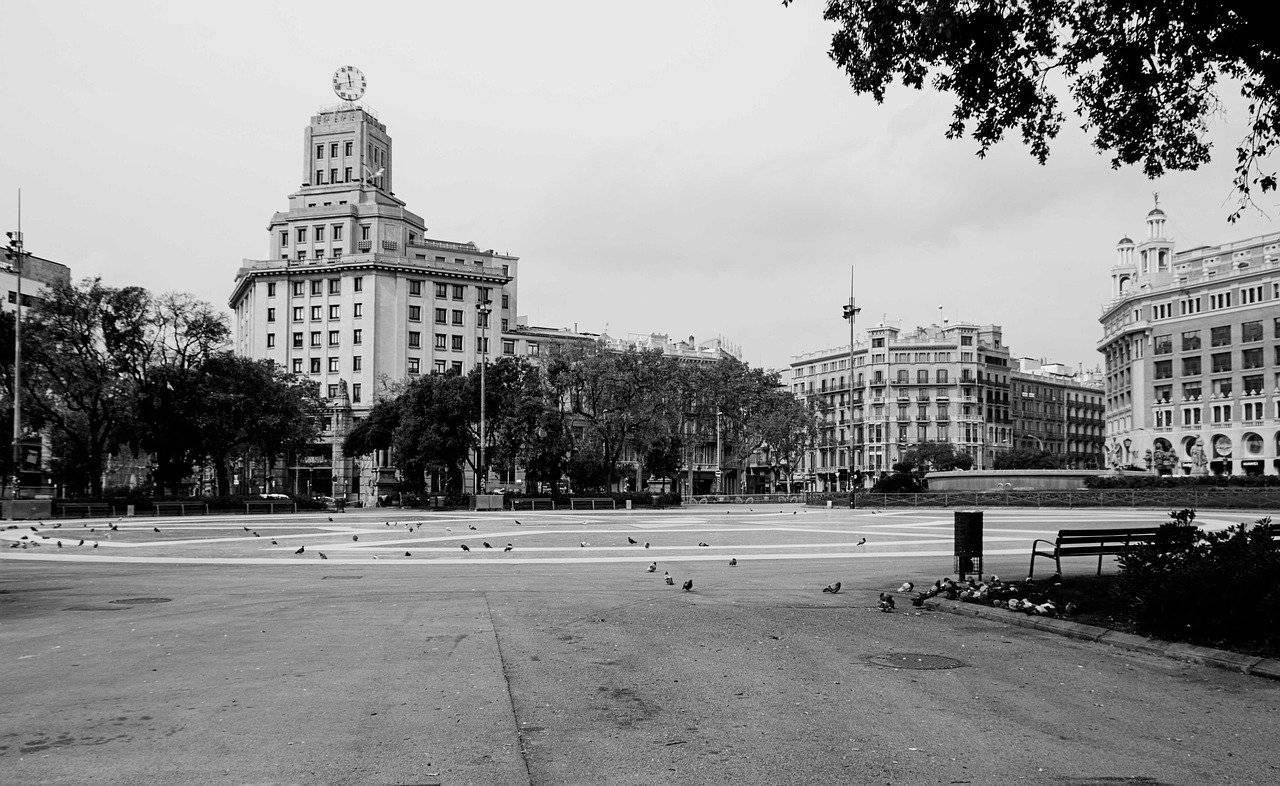
180° Turn
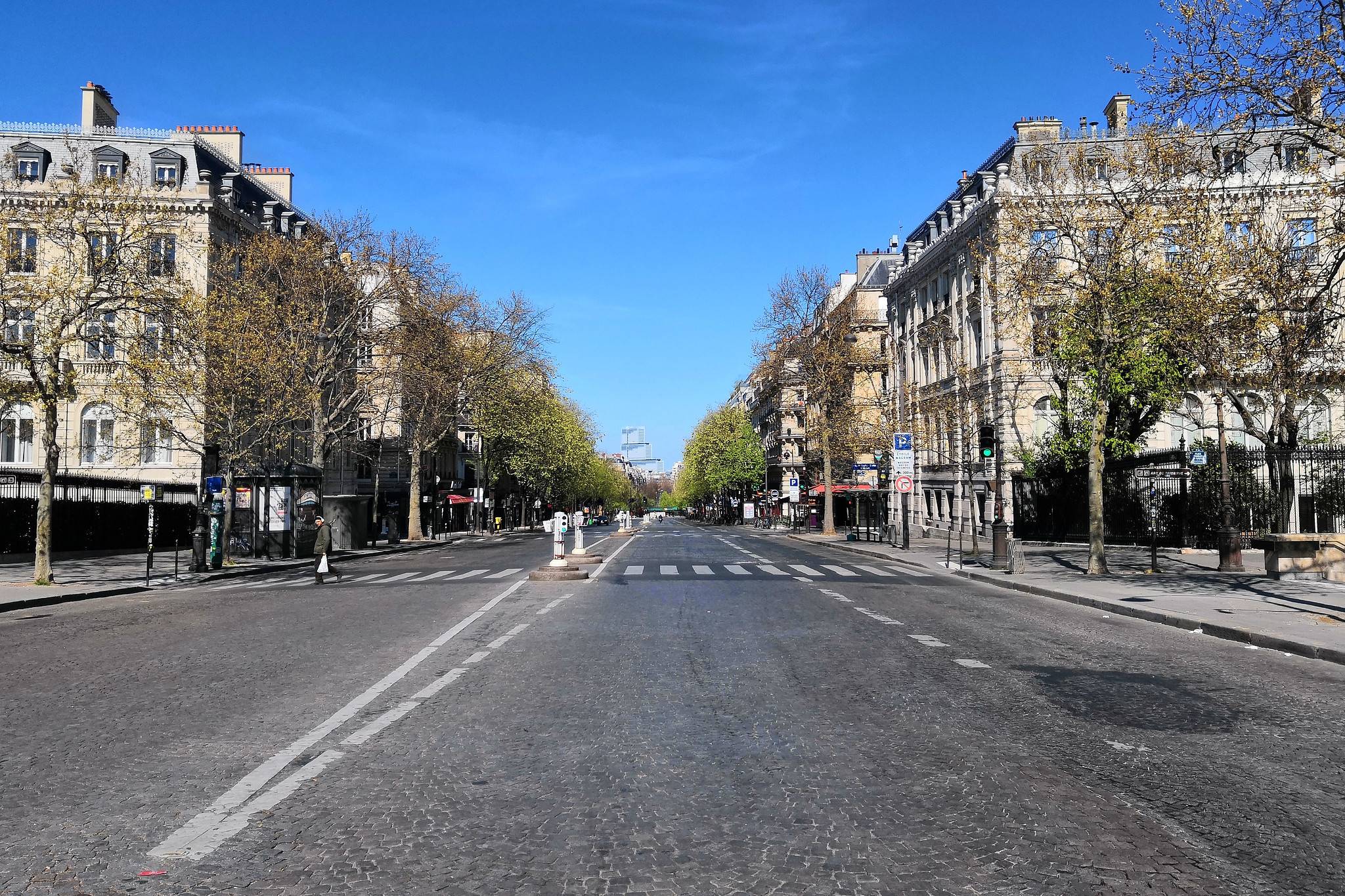
A street named desire

The political and technological challenges of future mobilities

Inventing the future of urban highways
“Dig, baby, dig”

Vienna
La Fabrique de la Cité
La Fabrique de la Cité is a think tank dedicated to urban foresight, created by the VINCI group, its sponsor, in 2010. La Fabrique de la Cité acts as a forum where urban stakeholders, whether French or international, collaborate to bring forth new ways of building and rebuilding cities.















